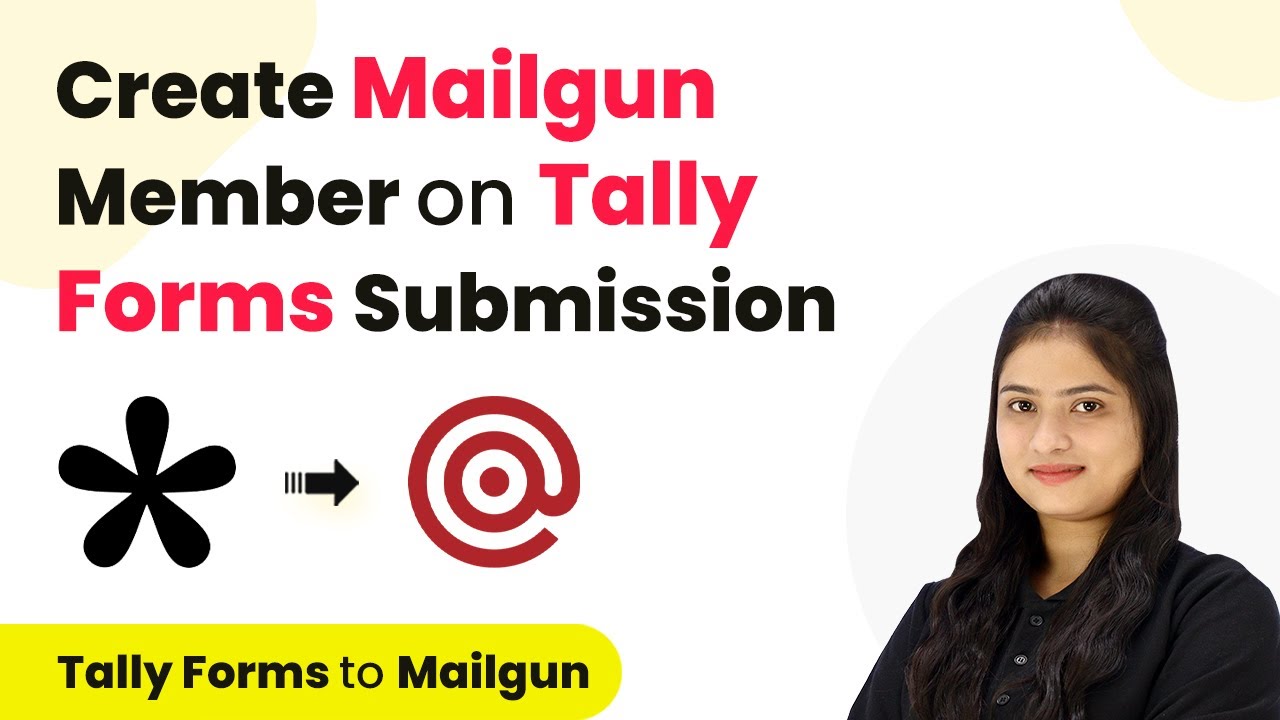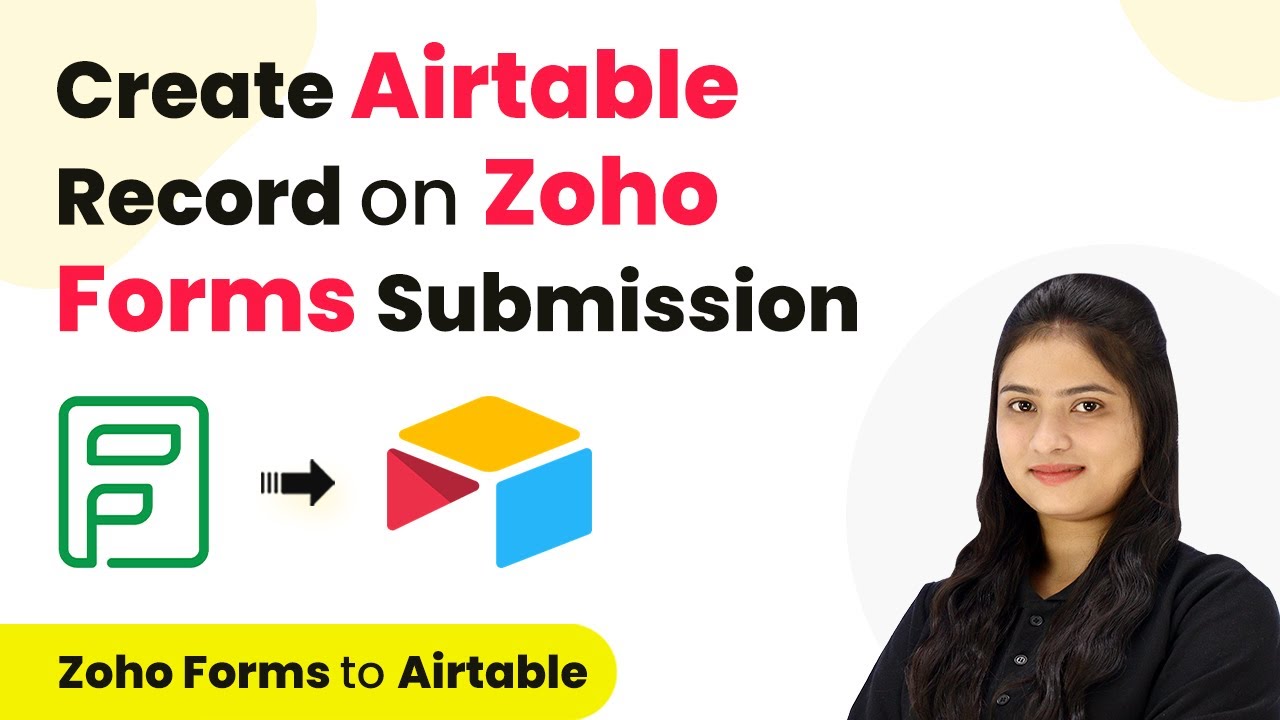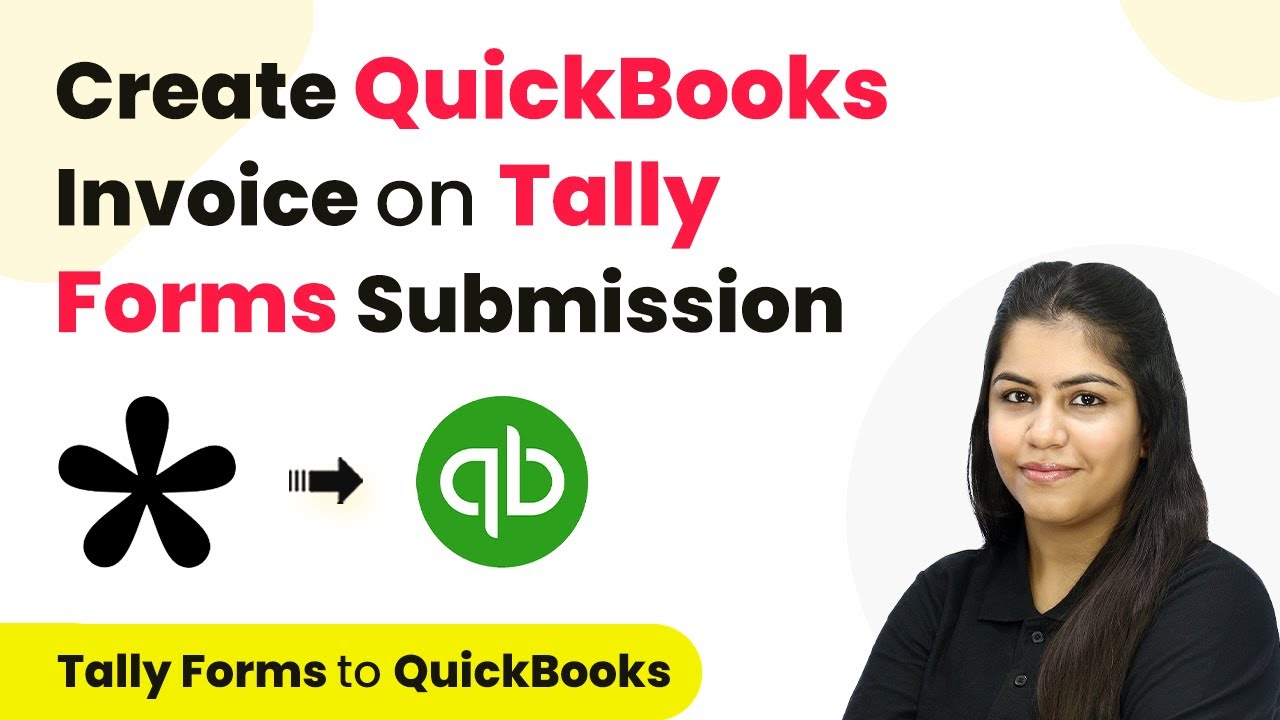Learn how to seamlessly integrate IndiaMART leads into Google Sheets using Pabbly Connect for efficient gym service management. Follow our step-by-step tutorial! Navigate the automation landscape confidently with clear, structured guidance suitable for professionals regardless of prior technical experience.
Watch Step By Step Video Tutorial Below
1. Accessing Pabbly Connect for Integration
To begin integrating IndiaMART leads into Google Sheets, you first need to access Pabbly Connect. Start by visiting the Pabbly website and signing in to your account. If you’re new, you can sign up for free and get 100 tasks monthly.
After signing in, navigate to the dashboard where you will find various Pabbly applications. Click on the Pabbly Connect option to initiate the integration process. This platform allows you to automate the transfer of data from IndiaMART to Google Sheets without manual entry.
2. Creating a Workflow in Pabbly Connect
Once you are in Pabbly Connect, the next step is to create a workflow. Click on the Create Workflow button. You will be prompted to name your workflow; for instance, name it ‘Adding IndiaMART Leads to Google Sheets for Gym Service’. After naming it, click on Create to proceed.
- Click on the Create Workflow button.
- Name your workflow appropriately.
- Click Create to open the workflow window.
In the workflow window, you will see options for triggers and actions. A trigger is an event that starts the workflow, while actions are the responses to that trigger. Here, you will set IndiaMART as the trigger application to capture new leads.
3. Setting Up IndiaMART as the Trigger Application
To set IndiaMART as the trigger, select it from the list of applications in Pabbly Connect. You will then need to choose the trigger event, which in this case is ‘New Lead Captured’. Once selected, Pabbly Connect will provide you with a webhook URL.
Copy this webhook URL and navigate to your IndiaMART account. In the lead manager section, go to the import/export leads option and select the push API. Here, you will paste the webhook URL you copied from Pabbly Connect and save the details. This action connects your IndiaMART leads to the Pabbly workflow.
4. Testing the Webhook Connection
After setting up the webhook, it’s essential to test the connection to ensure everything is working correctly. Go back to your IndiaMART account and find the option to test your webhook listener URL. Click on it and follow the prompts to send a test lead.
Once you have sent a test lead, go back to Pabbly Connect to check if the lead data has been captured successfully. You should see details such as the name, phone number, and query message from the test submission. This confirms that the integration is working correctly.
5. Adding Leads to Google Sheets
Now that you have successfully set up the trigger, the next step is to add the captured leads to Google Sheets. In Pabbly Connect, select Google Sheets as the action application and choose the action event as ‘Add New Row’. Click on connect and authenticate your Google account.
- Select Google Sheets as the action application.
- Choose ‘Add New Row’ as the action event.
- Authenticate your Google account.
After connecting, select the spreadsheet where you want to store the leads. Map the fields from the IndiaMART lead data to the corresponding columns in your Google Sheets. Finally, save the test request, and verify that the lead details appear in your Google Sheets as expected.
Conclusion
In this tutorial, we explored how to integrate IndiaMART leads into Google Sheets using Pabbly Connect. This seamless integration automates the process, ensuring that all new leads are captured without manual effort, allowing for efficient management of gym service inquiries. By following these steps, you can enhance your workflow and improve your lead management significantly.
Ensure you check out Pabbly Connect to create business automation workflows and reduce manual tasks. Pabbly Connect currently offer integration with 2,000+ applications.
- Check out Pabbly Connect – Automate your business workflows effortlessly!
- Sign Up Free – Start your journey with ease!
- 10,000+ Video Tutorials – Learn step by step!
- Join Pabbly Facebook Group – Connect with 21,000+ like minded people!
















